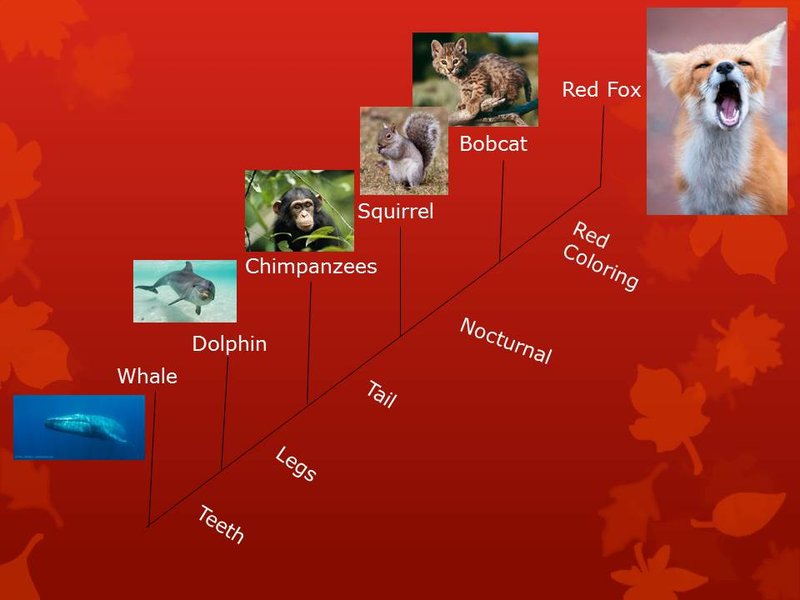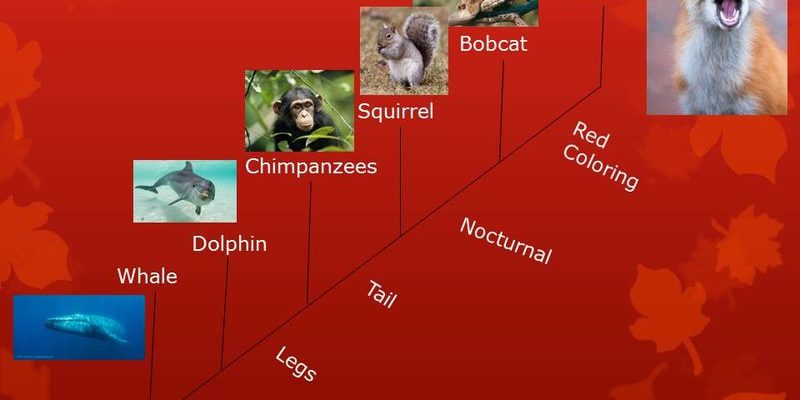
Red foxes belong to the Canidae family, which includes dogs, wolves, and other fox species. Their evolution is a tale of resilience, marked by changes in climate, geography, and environment. As we dive into their past, we’ll see how these creatures have adapted through millions of years, watching them evolve from their ancient ancestors to the savvy animals we know today.
Origins of the Red Fox
The story of the red fox begins around 10 to 15 million years ago during the Miocene epoch, when the first canids appeared. These early canids were quite different from today’s foxes. They were larger and had different hunting habits. Over time, these ancestors diversified, eventually leading to the foxes we are familiar with. The red fox specifically, known scientifically as *Vulpes vulpes*, is believed to have emerged about 1.5 million years ago.
During this period, the climate was changing rapidly. Forests were expanding while grasslands were also emerging. The red fox adapted by evolving features that would help it thrive in various habitats. Its keen senses and agile body became vital traits, allowing it to hunt small mammals effectively and escape predators. Honestly, it’s incredible to think about how these early foxes were navigating such a dynamic environment!
The Great Colonization
As the Ice Ages came and went, the red fox began spreading across the globe. They ventured far beyond their origins in the Eurasian continent, reaching North America, where they continue to thrive today. This expansion is a testament to their adaptability. You might be wondering how exactly they made this journey. As the climate warmed, extensive land bridges formed, allowing red foxes to wander into new territories.
During this colonization phase, red foxes faced various challenges, from different predators to diverse prey. They adjusted their diets and behaviors based on what they encountered. This flexibility is one reason why they’re one of the most widespread land mammals today. Imagine being a red fox navigating through vast, unknown landscapes—each new territory presenting unique opportunities and dangers.
Physical Traits and Adaptations
Red foxes are truly remarkable animals, showcasing a variety of adaptations that allow them to thrive in different environments. Their striking appearance isn’t just for show; it plays a crucial role in their survival. The red fur provides excellent camouflage among dry grasses and fallen leaves, making it easier for them to stalk prey. Their pointed ears and sharp eyesight help them detect movement even in low light, ensuring they can hunt effectively at dawn or dusk.
Additionally, red foxes are known for their intelligence and cunning behavior. They often exhibit clever hunting strategies, like pouncing on hidden rodents beneath the snow. This ability to adapt hunting techniques based on conditions is impressive. Just picture a fluffy fox leaping into the air and diving into a snowbank—nature’s little acrobat!
Social Structure and Behavior
You might think of foxes as solitary animals, but they actually have a complex social structure. While they can hunt and live alone, they often form small family groups. A typical red fox family consists of a breeding pair and their offspring. These familial bonds help them raise young and defend their territory, making them much more efficient as a unit.
The communication skills of red foxes are fascinating too. They use a range of vocalizations, body language, and even scent marking to convey messages. Their calls can range from soft yips to loud screams, especially during mating season or when defending their territory. Imagine being in the woods at night, and hearing a chorus of eerie calls echoing through the trees—it’s a unique reminder of their lively social life.
Relationships with Humans
Red foxes have had a long-standing relationship with humans, which has evolved over the years. In ancient cultures, they were often seen as tricksters or symbols of cunning. Today, they can be found in urban areas, adapting to life alongside people. You might spot one rummaging through a backyard or gracefully darting through a park.
However, this proximity has brought challenges. In some areas, they face threats from habitat loss and hunting. People often see them as pests when they venture into urban spaces, leading to conflicts. It raises an important question: how do we coexist with wildlife in our changing world? Finding that balance is crucial for ensuring both red foxes and humans can thrive together.
Conservation and Future Challenges
As we look ahead, the future of the red fox hangs in the balance. Although they are widespread, they face challenges from climate change and habitat fragmentation. As their habitats shrink, their adaptability will be tested once again. Conservation efforts are essential to protect these remarkable animals and their ecosystems.
You might be wondering what can be done. Supporting local conservation programs, respecting wildlife habitats, and advocating for sustainable practices are all ways you can contribute. The red fox is a symbol of resilience, and maintaining their presence in our world means respecting their history and their future.
The evolutionary history of the red fox is a captivating journey filled with adaptation, survival, and change. From their ancient ancestors roaming the Miocene landscapes to their clever antics in our backyards today, red foxes remind us of nature’s incredible capacity to adapt. As we continue to explore and understand these beautiful creatures, let’s commit to ensuring they have a place to call home in our ever-evolving world. By appreciating their past, we can help shape a brighter future for the red fox.

